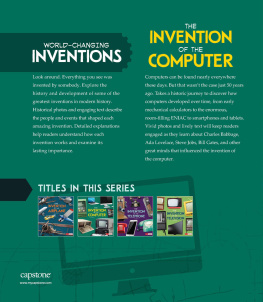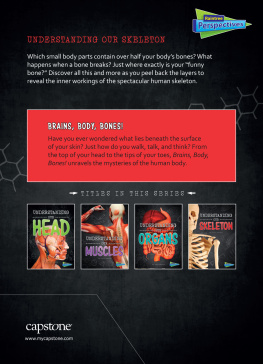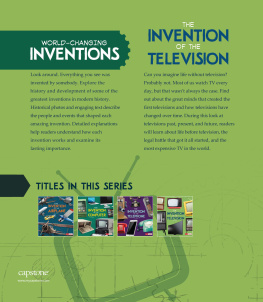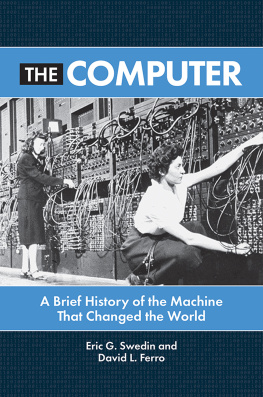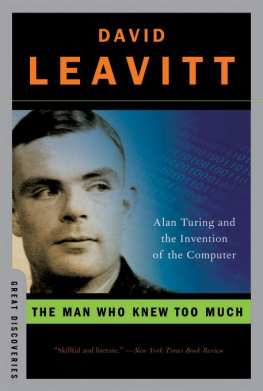In March 2016 people around the world tuned in to watch as a man played a video game called Go. The man was the worlds top Go player, Lee Sedol from South Korea. He was playing against a computer program called AlphaGo.
Go is an ancient Chinese board game for two players. The aim is to use your stones to surround more territory than your opponent. Both players and programmers thought it would be years before a computer could win a game of Go against a human.
A large crowd gathered to watch the worlds top Go player, Lee Sedol, take on a computer program.
That all changed when Sedol faced AlphaGo in a five-game match. AlphaGo won the first three games. Sedol won the fourth, but he had already lost overall. AlphaGo also won the fifth and final game. The program had beaten one of the best Go players of all time.
Sedol makes a move during a game of Go against a computer program called AlphaGo.
For many people, it showed that computers could be smarter than people. Others said to remember that people make computers.
People have always looked for ways to make their work easier. Before computers were invented, people built tools and machines to help them solve math problems.
PASCALS CALCULATOR
calculator. It used gears and levers to add and subtract numbers.
Blaise Pascal (1623-1662)
THE ABACUS
The was the first tool that helped people add and subtract. It was invented in ancient Asia thousands of years ago. The abacus had rods with beads inside a wooden frame. People used it to add and subtract by moving the beads up and down the rods.
People used the abacus to add and subtract numbers.
3
INVENTORS
The modern computer wasnt invented overnight. Many years of research and tests went into making the modern computer.
CHARLES BABBAGE
In the early 1820s, English inventor Charles Babbage began working on a calculator that could also print out the results in a table. He called his machine a Difference Engine. Babbage never finished building the Difference Engine, but if he had, it would have been the first automatic calculating device.
In 1832 Babbage began designing a new machine called the Analytical Engine. He wanted it to calculate math problems and remember them.
Charles Babbages Analytical Engine was going to be powered by steam.
Babbage tried hard to build his machine, but he couldnt get all of its gears and wheels to fit together. Babbage never finished the Analytical Engine, but more than 100 years later, other inventors used his ideas.
A portion of Babbages Difference Engine is shown here. If the entire thing had been built, it would have been nearly 8 feet (2.4 meters) tall and weighed about 4 tons (3.6 metric tons).
THE FIRST COMPUTER PROGRAMMER
In 1842 English mathematician used to calculate sums. Many call this the first computer program. Lovelace was the first person to see that computers could be used for tasks other than math. She predicted that computers would become a huge part of our lives.
Ada Lovelace (1815-1852) was the daughter of the famous poet Lord Byron.
HOWARD H. AIKEN
In 1944 Howard H. Aiken built the first electronic calculator, which he nicknamed the Harvard Mark I. Aikens Mark I was based on Babbages Difference and Analytical Engines. It was more than 50 feet (15 meters) long and used 500 miles (805 kilometers) of wires.
The Mark I calculator is on display at Harvard University in Boston, Massachusetts.
ECKERT AND MAUCHLY
In 1946 John Presper Eckert and John W. Mauchly created the first programmable electronic computer at the University of Pennsylvania. They called it the ENIAC, which stands for Electronic Numerical Integrator and Computer.
ENIAC was as large as two small houses and weighed 30 tons (27 metric tons). It could calculate numbers 1,000 times faster than a person using an abacus. It could also solve 5,000 addition problems and 360 to 500 multiplication tasks per second.
Many people helped run the ENIAC. They did so by flipping switches and plugging in or unplugging wires.
DID YOU KNOW?
Although it could quickly solve math problems, the ENIAC used a lot of electricity. Whenever the computer was being used, the lights around the Philadelphia university dimmed.
ALAN TURING
During Enigma to send their coded messages.
During the war Alan Turing worked at the Government Code and Cypher School in Great Britain. In 1939 he invented a machine called the Bombe, which cracked the Enigmas codes. By the end of the war, more than 200 Bombes were in use. Turings invention of the Bombe was a major factor in helping the Allies win the war.
From 1945 to 1947, Turing designed the ACE (Automatic Computing Engine). It was the first computer to store computer programs inside the machine. Many modern computers are based on the ACE.
Alan Turings Bombe helped the Allies crack 3,000 enemy messages per day.
TOMMY FLOWERS
In 1941 Colossus Mark I. It was an excellent code breaker, but it was also the worlds first programmable electronic computer.
Within a year Flowers had built the Colossus Mark II, which was even more powerful than the Mark I. It was immediately used to crack important German codes. This valuable information helped the Allies plan a successful invasion of German-occupied France, known as D-Day, on June 6, 1944. The Allies success on D-Day eventually led to their victory in the war in 1945.

